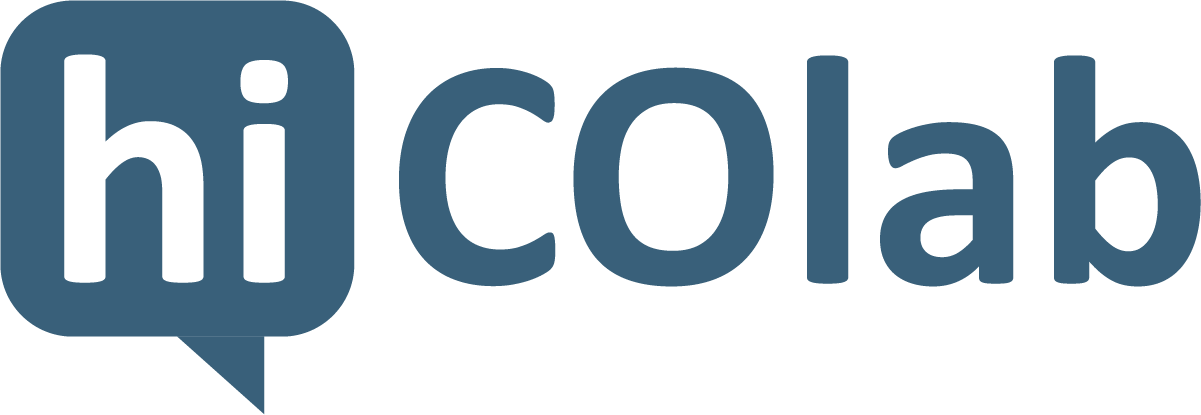Our work
Card Sorting: Sincerely Me
Learning about a patient’s priorities, worries, and social determinants of health to improve their health and wellbeing.
The Project
We designed a card sorting tool for use in the primary care setting that supports better conversations about a patient’s priorities, worries, and social determinants of health. By understanding these important issues, providers and patients can then work together to set attainable behavior change goals and connect to community resources to improve their whole health.
In 2018, the UVM Medical Center launched a new care management program to help patients with complex medical issues achieve improved health and quality of life. hiCOlab partnered with the Care Management team to explore how nurse care managers could build strong relationships with their patients in order to create personalized care plans that patients would be highly invested in.
We conducted interviews and co-creative workshops with patients and providers in the care management program and in primary care to understand their challenges and seek out opportunities in which to improve patient-provider communication and collaboration in relation to health-related behavior changes. From our research with nurse care managers, social workers, behavior change specialists, and primary care providers, we felt there was an opportunity to build a deeper understanding of a patient’s life context and priorities in order to help them create a realistic plan for improving their whole health.
With this insight, we set out to design a tool that would assist the healthcare provider in quickly identifying the factors within the patient’s life that create barriers for improving their health. We also focused the tool on efficient methods that reveal which social determinants of health affected the patient the most. Maintaining our focus on making healthcare relationships more personable and patient-centered, we wanted to find ways to gather information about the patient as a whole person, not just their medical diagnosis.
“It feels relieving [in talking to a provider about personal life] because you take a little of the weight off. You’re holding it all in -- and sharing takes some of the pressure off.” - Patient
Based on what we learned from conversations with various stakeholders, we built a tool that helps providers and patients discuss -- in the patient’s words -- their priorities, lived realities, and the social determinants of health that impact them. After getting a better sense of who a patient is and what they face on a day to day basis, the tool directs the conversation toward what the patient believes their goals or changes could be - guided by their provider who functions more like a peer or health coach. We incorporated behavior change frameworks like the COM-B Model and motivational interviewing in the design of the goal setting and next steps aspects of the tool. The guided conversation also asks patients about past behavior change attempts including what worked and what didn’t. The intention of using those past experiences is to guide how the patient and provider move forward in setting a new goal. It may also point to a community resource they can access in order to improve their health and address any barriers created by their social determinants.
We tested two analog versions of a paper prototype and one digital application version on a tablet with patients, nurse care managers, primary care physicians, and community health social workers. We learned that:
“I might be worried about their cholesterol, their blood pressure, [but] they might have something totally different…what are their priorities? How are they different from mine?” - PCP
Patients and providers responded positively to using storytelling (routine, personal life, etc.) to learn about a patient, especially when addressing behavior change attempts or understanding what community resources they may need.
Patients and providers responded positively to the visual nature of selecting and laying out a patient’s priorities and barriers with physical cards, and this information being presented on a summary page.
Providers, especially social workers, were concerned that talking about barriers to health and laying them all out visually can be overwhelming -- therefore, designing modular content can help minimize anxiety from the experience.
Patients need to drive goal setting and goals should be incremental and achievable given the patient’s ability, resources, and motivation level.
By bringing human-centered storytelling into care management, patients and their providers will share a common understanding of the patient’s experiences and health challenges -- as well as what strengths or tools they require in order to overcome these major hurdles in improving their health. The card sorting tool aims to better understand a patient’s values, their motivations to change, and their biggest concerns about their health. By assessing these concerns, we gain a greater understanding about how these underlying social determinants of health are impacting our patients and communities. Finally, through using behavior change best practices, we can address change in realistic and personalized ways for patients - whether that be by physically taking more steps or by taking the first step in signing up for a critical resource -- such as housing assistance programs.
“[My patient] was able to use the tool interactively and we gleaned through a pile of stuff to get to these issues that are most important to her health holistically. What I liked the most was the self-realization aspect of her sorting through the cards herself and deciding what was important [and] what was not. SHE came to her goals, not me. ”


![“It feels relieving [in talking to a provider about personal life] because you take a little of the weight off. You’re holding it all in -- and sharing takes some of the pressure off.” - Patient](https://images.squarespace-cdn.com/content/v1/5a1c5fbeaeb6251ef0aaa8c4/1562784739465-PHCEF0DRMM6XC6XJW1Q6/Card+sorting+1.JPG)
![“I might be worried about their cholesterol, their blood pressure, [but] they might have something totally different…what are their priorities? How are they different from mine?” - PCP](https://images.squarespace-cdn.com/content/v1/5a1c5fbeaeb6251ef0aaa8c4/1562784984859-HLNK8ESV16FHXTF4U6KG/Card+Sorting+2.jpeg)